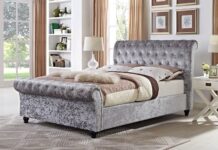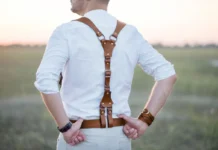
Fur has been worn for centuries in many different locations in the world, particularly in places with a cold or continental climate, where the temperature extremes can mean low temperatures during the winter. The practice has been demonized in the past, but in the 1970s, restrictions were imposed which ended the use of endangered species in the fashion industry. In the 1990s, wearing fur was particularly ostracized, principally for the treatment of the animals, and it continued being a hot topic for many years, with many activists fighting against this practice.
However, lately, it seems that fashion designers, models, and shoppers are over it and are embracing it once again for its luxurious appearance and the warmth it provides, as well as for being its own kind of a status symbol. That is mostly because of the changes in the manner of farming and killing the animals, and the imposed control that provides the customers will information about the welfare of the farmed animals. Activists have fought for years, and even though animals are still farmed for their pelt is often being done in a more acceptable manner; where they lead a decent life and are killed in a more humane way.
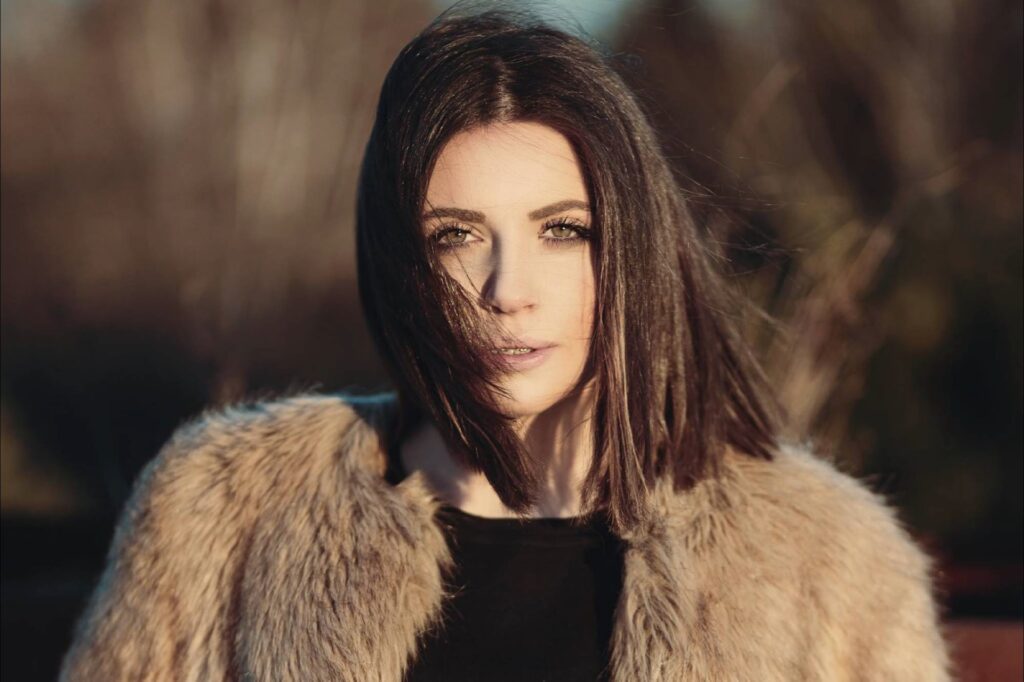
Fur farms account for the majority of the market, particularly when it comes to mink and fox pelts, but trappers provide other animal skins like the ones from wild beavers, coyotes, raccoons, etc. A big portion also consists of rabbits and lambskins.
Since it is a material which is of high quality and long endurance, it can be found in vintage and second-hand shops – sometimes in perfect condition. For others, only faux fur is acceptable, and depending on its quality, it can be almost as good as the real deal. However, some people wish to get it brand new, carefully choosing the kind of pelt they desire, the color, and the model. Great fur coats can be found on sites like Aria Moda.
During the cold months, there are many ways to wear fur coats and other types of fashion accessories. Here are some thoughts on that:
Go for more classic models
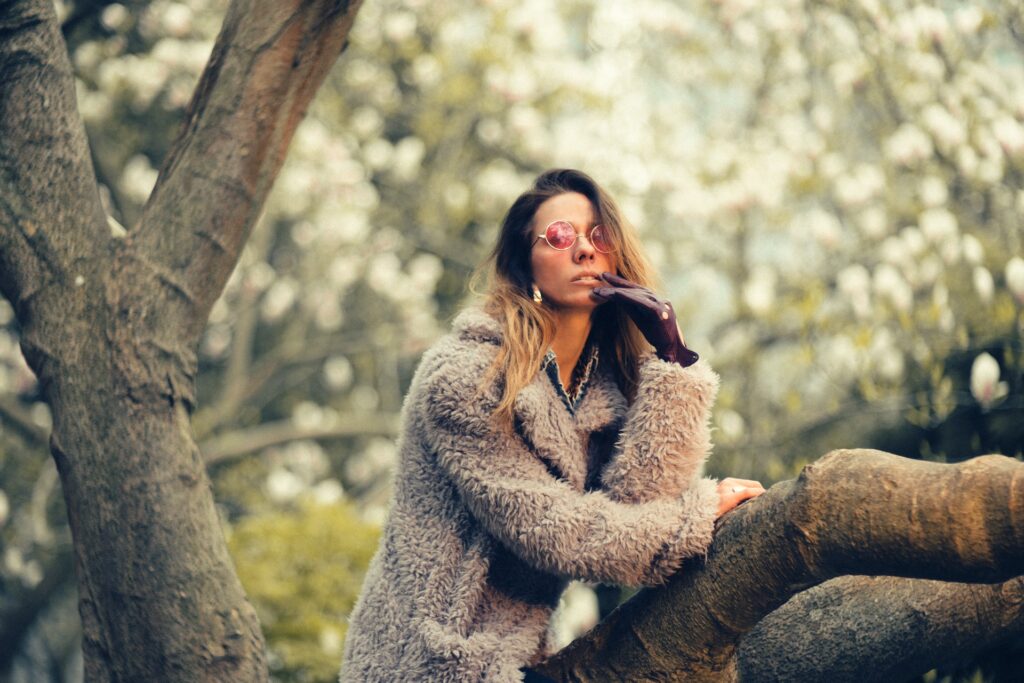
Any fur coat or accessory will last you years, if not decades. Even though every season the fashion designers will come up with new designs and trends, it’s very likely that you won’t be buying a new piece every year or so. That is why it is important to make sure that whatever you buy will not be outdated in a couple of years so that you will get the most of it. Real fur is expensive, so if getting a coat it should be a more classical model. Make sure it is the right size, the proper length for your height, and that it won’t overwhelm your figure.
It should be flattering and elegant – save the eccentric look for some other coat or other style combination. It should go with most of your winter clothing items. The great news is that you can wear it during the day, for work and lunches, and in the evening – for a night out or even a black-tie event with a full-length gown. Of course, the last option depends on the style of the coat and the pelt itself. We encourage you to get something that would be appropriate for many occasions. Winters are short anyway, so why not wear it every time possible?
Opt for a neutral color
Which neutral are you most inclined to wear? Black, brown, camel, or cream? We would recommend sticking to the natural colored pelt, as the dyed one might look tacky, outdated or even fake. There is absolutely no point in getting real fur so that it can look fake – it is usually the other way around. Sometimes, designers will come up with lavender or electric pink, but that doesn’t necessarily mean that it would be a good idea to have it in your wardrobe.
Get the right clothing item
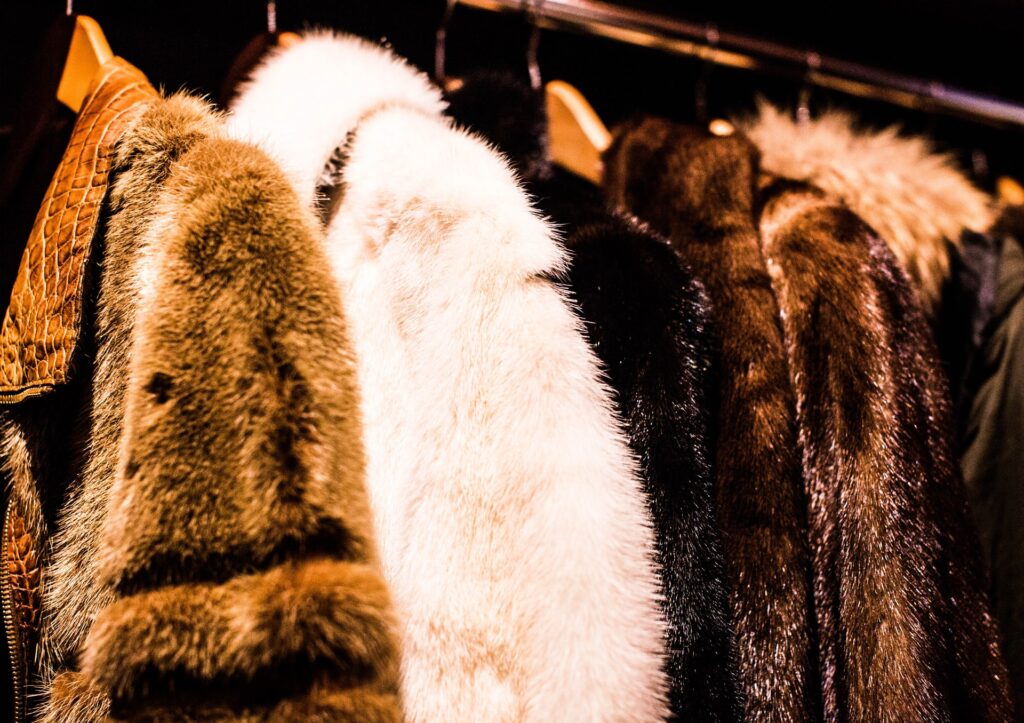
You might be tempted to buy many clothing items made out of fur, but that might be unnecessary and probably over the top. Also, wearing different fur items at once may be perceived as having a lack of style. There are coats, vests, parkas, and jackets combined with fur accents or fleece lining, hats, scarves, and even gloves that feature some kind of pelt, so even if you own a piece from all of the aforementioned, wear them on separate occasions.
4. The appropriate fur for the climate
Not all pelts are created equal. That means that even though you are buying a fur coat for fashion reasons, it might turn out to be too warm or not enough warm for the climate. For such items as coats and jackets, they will have double-fold use. You have to have in mind that other than being a fashion statement, it will either keep you safe from the cold, make you sweat, or won’t provide enough insulation during the colder temperatures.
Therefore, you have to choose the pelt according to the climate where you live. If you live at a location where winters are harsh, you should choose a coat that is made out of fox or coyote pelt, and if the winters are milder, a mink or rabbit coat will be warm enough for you. Ultimately, it is a matter of personal sensitivity to the cold.
5. Differences between the pelts
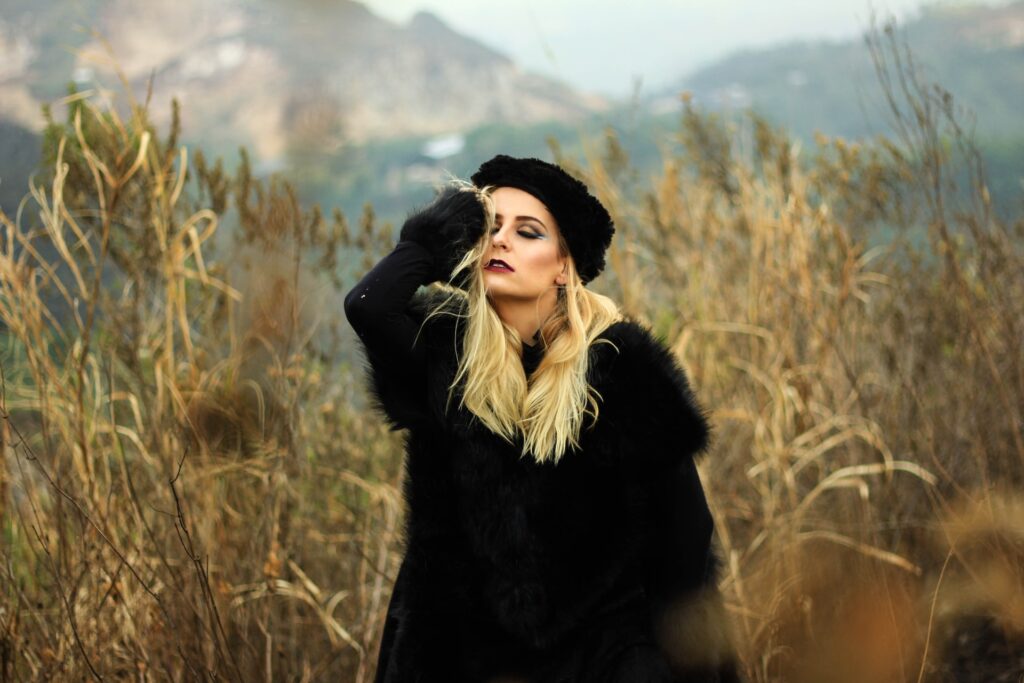
Mink fur is short, coarse, and shiny, and also provides excellent insulation, making it great for coats. The one from rabbits is silky, the hairs are fine and it is rather more affordable. Also, it is commonly used in the crafting of hats and gloves. The fox pelt can be brown or white-gray, depending on the type of fox, and it is usually expensive. It is luxurious, thick, and very soft. Beavers have been providing their fur for a very long time. It is easily recognizable for being tender, shiny, and very warm as it has an undercoat of smaller, finer hairs below the long ones. The chinchilla fur is very exotic and rare, so it is pricey, with a very particular gray-bluish color. The coyote pelt can vary in color, and it is short, dense, and sturdy. Lamb fleeces come in different varieties as there are many types and colors of lambs. Unless from some oriental lambs, they are usually quite affordable and are used mostly as lining of jackets and vests. Coats from raccoons are in a few shades, ombre style, very similar to a fox pelt.

